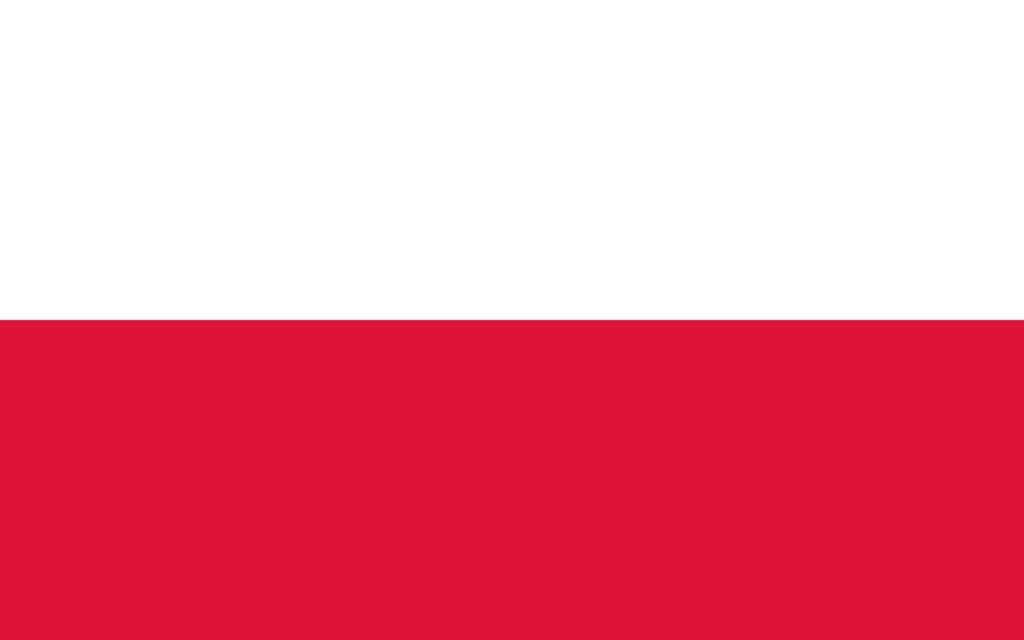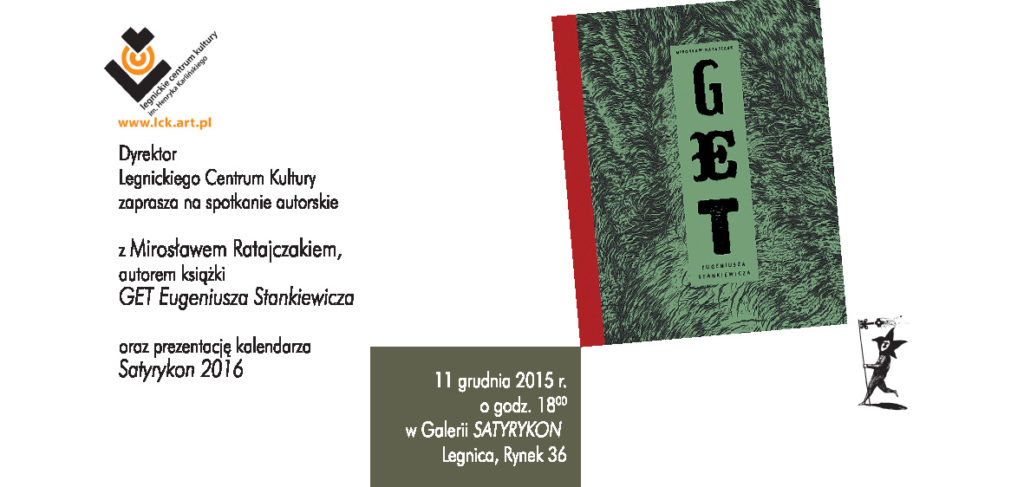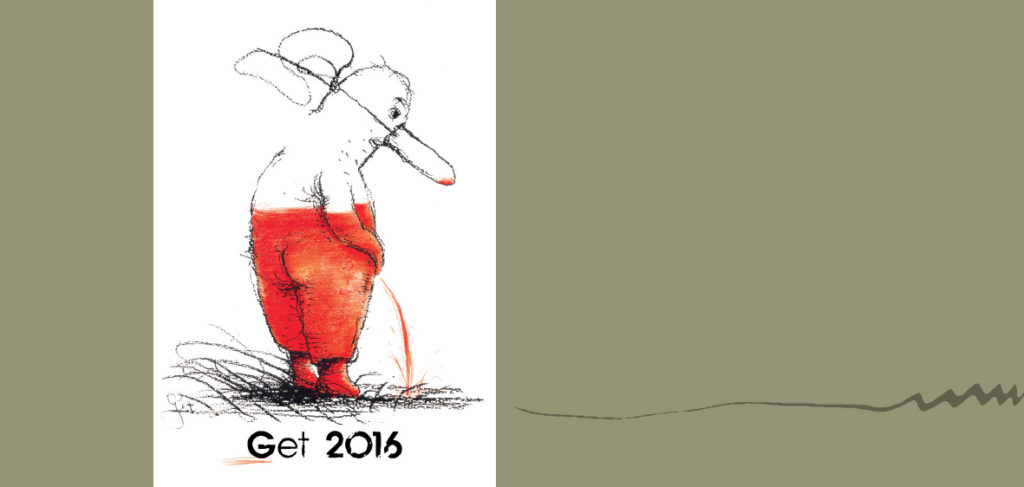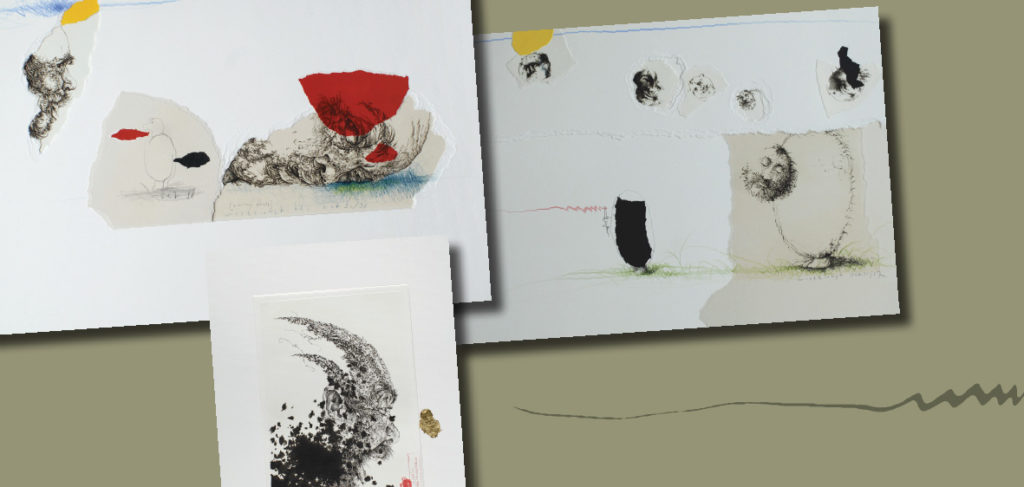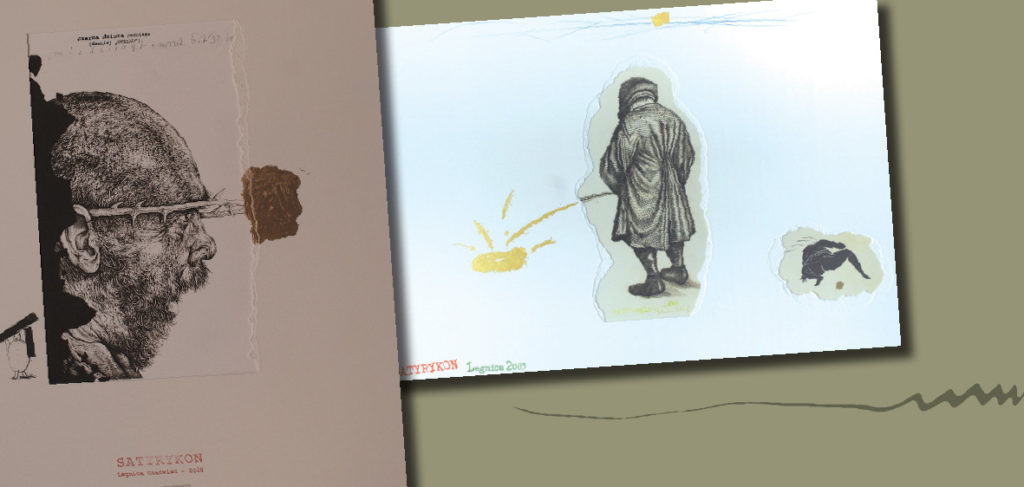The year 1990 – the last decade of the 20th century and the 2nd millennium is just about to begin. How this fin de siècle actually differed in its spirit from the one from a hundred years before! The atmosphere of decline and decadence (or of, surely enough, even something more) could have taken control in communist committees headquarters that were becoming empty at that time, but the rest of Poland was partly in euphoria after the Solidarity’s victory, and partly in shock caused by marching Capitalism entering our streets. One could have lost one’s head easily in this twist of history, what was proved by the election at the end of that year, when Tadeusz Mazowiecki lost to Stan Tymiński, who was supported in the second round of election by one quarter of voters, when struggling to win with the Solidarity hero, Lech Wałęsa!
At such moments in history it is not easy to stand aside only to observe events distantly and keep calm. Well, a satirist should possess such skills, unless he wants to be a mere propagandist. Admittedly, Eugeniusz Get Stankiewicz was not a model satirist, still he could act as one. When designing a poster for the first Satyrykon in post-communist Poland he somehow turned an observer’s spyglass, and found himself far away from the events of political life happening day by day. Instead of them, in his visual field appeared an ordinary citizen and his “average” reaction to historical changes. Get was able to capture a simple mechanism of following the variable conditions, based on the most ordinary physiological need in a lapidary concept and a synthetic form. The ambiguity of this image lies in however natural aspect of this need which in cultural terms is qualified as low (in art – even an obscene one).
*
Five years passed since Get’s above mentioned debut at the Legnica forum of satirists, when this popular graphic artist appeared there again, this time as an author of laureate diplomas accompanying the competition awards. In many cases these diplomas were treated as the most precious trophies. It is not surprising at all as in the mid 1990s Get Stankiewicz was recognised not only as an outstanding poster artist but also as a master of the most noble graphic art, namely copperplate engraving. Get’s diplomas in a very original way made use of a collage formula (to be precise, auto-collage), whose integral part was a so-called “Ashmyany passe-partout” – not an elegantly cut but “pierced”, high-class cartoon. In these “holes” with irregular torn edges Get’s copperplate masterpieces gave themselves airs. Most often they were hand coloured.
They were not subordinated to any topics, they were original works ruled only by the artist’s free will and imagination. Therefore a few of them were dominated by erotic motifs which had been present in Get’s private graphic art (dedicated most often to his friends) since his earliest years. In some others one could find “encrypted” autobiographical threads, signaled by “heads”, as he himself called them, or in other words his self-portraits. Get’s engagement in public affairs was rarely echoed and noticed, still, in my opinion, it happened once in 2006 in one of his diplomas, when Get „grumbled” in a cat-like way at the issue of a planned then lustration.
A diploma dated at June 2011, when the 34th Satyrykon took place, is worth a very special attention. Eugeniusz Get Stankiewicz was dead for two months then, and the mentioned work was his last signed piece.
The set of diplomas by Eugeniusz Get Stankiewicz introduced in this calendar is one of a kind, and it gives us an idea of his activity as a remarkable “applied graphic artist” whom he himself boasted to be all his life.
Mirosław Ratajczak
Eugeniusz Get Stankiewicz (1942 – 2011)
Born in Ashmyany in Vilnius Region (at present: Republic of Belarus). He studied at the Faculty of Architecture at the Wrocław University of Technology (1961-1966) and at the State Higher School of Fine Arts (1966-1972). Since 1998 he taught at the Academy of Art and Design in Wrocław – since 2003 as a professor ordinarius. He was awarded posthumously with Knight’s Cross of the Order of Polonia Restituta and the Honorary Citizenship of Wrocław and Wschowa where he lived in 1945-1960.
